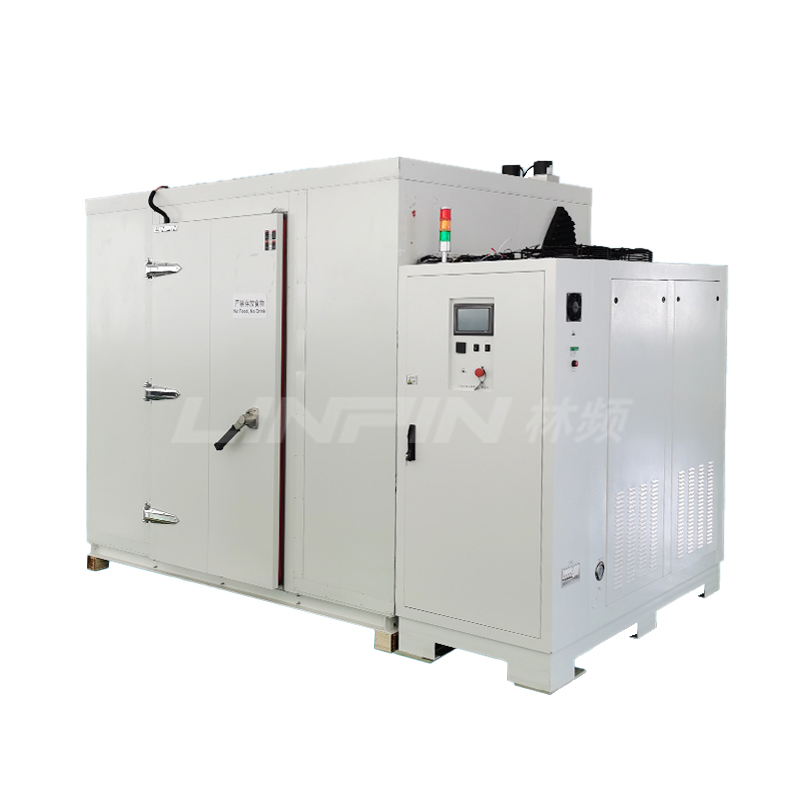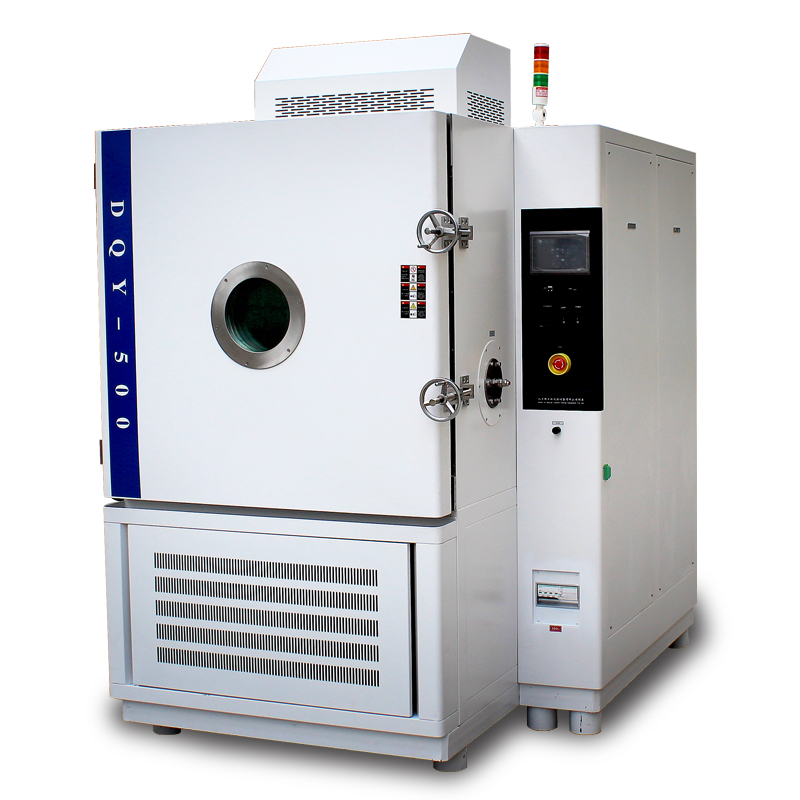Basic Structure of the Air Exchange Aging Test Chamber
Author:LINPIN Update Time:2025-04-10 Source:LINPINThe air exchange aging test chamber is designed to test the heat resistance of insulating materials. Its primary purpose is to assess the thermal performance and service life of various insulating materials, electronic components, and plastic products. However, its application range is not as broad as that of other test chambers, making it more focused on specific materials like insulation.
Components and Structure
The outer shell of the air exchange aging test chamber is constructed from high-quality carbon steel plates, and the surface has been treated with electrostatic spray coating. The inner chamber is made of stainless steel with a mirror finish, which not only provides temperature control protection but also enhances visibility inside the chamber. All materials used are of high quality, ensuring effective temperature control while minimizing unnecessary energy loss, aided by insulation materials.

A crucial component is the hot air circulation system, which consists of a specially designed fan and air duct capable of continuous operation at high temperatures. This ensures uniform temperature distribution within the working chamber. The aesthetics of the air exchange aging test chamber are also noteworthy; it is well-designed, visually appealing, and easy to operate. The use of CNC machining enhances the chamber's effectiveness.
Reliability and Safety
The air exchange aging test chamber is built with reliability in mind. The materials used comply with national standards (JB7444-94, GB/T3512-01). In case of unexpected situations, the chamber features automatic safety protection measures to prevent issues such as electric leakage, short circuits, overheating, and overcurrent. When operating the chamber, it is essential to follow the user manual strictly and avoid tests without proper procedure.





